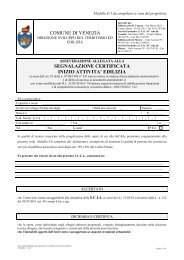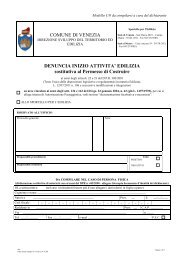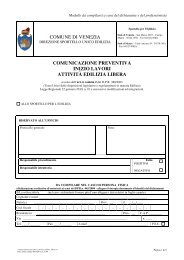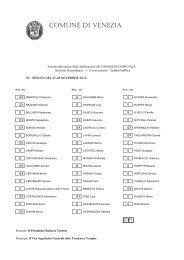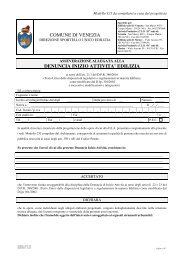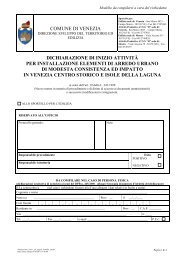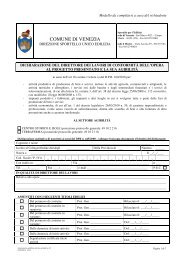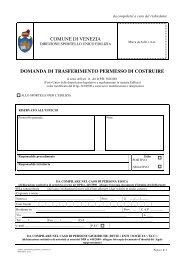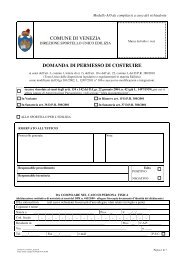comune di venezia comunicazione fine lavori permesso di costruire
comune di venezia comunicazione fine lavori permesso di costruire
comune di venezia comunicazione fine lavori permesso di costruire
You also want an ePaper? Increase the reach of your titles
YUMPU automatically turns print PDFs into web optimized ePapers that Google loves.
Dalziell & McManusAdaptive capacity reflects the ability of the system to respond to changesin its external environment, and to recover from damage to internalstructures within the system that affect its ability to achieve its purpose.A system can adapt to changes in various ways, inclu<strong>di</strong>ng:• Application of existing available responses to address theproblem. This may include increased utilisation of existingresources and/or functionality. For example, where a businessloses a major customer, its response may be to increase its saleseffort to sell more products to its other existing customers.• Application of an existing response in a new context to addressthe problem. For example, if a region suffers an economicdownturn, an organisation may chose to develop new marketsin other economies to offset its lost revenues. It has developedmarkets before, so has the knowledge and skills available to dothis, but will be applying these skills in a new region where itdoes not have existing contacts.• Application of novel responses to address the problem. Forexample, where an organisation loses a major customer that isvery <strong>di</strong>fficult to replace, the organisation may decide that theproduct is no longer economically viable, and invest in researchand development to find alternative market propositions.The response of a system to change can arise organically, reflecting theself-organising capacity of the system, or more mechanistically. Withinorganisations, these two spectrums can both be observed. For example,the crisis management structure of some organisations tends towards amore mechanistic command-and-control type structure, where theresponse of the system is <strong>di</strong>rected and co-or<strong>di</strong>nated through formalisedcommunication channels. By contrast, other organisations are moreorganic, exhibiting <strong>di</strong>ffuse communication (utilising personal relationshipsas effective communication channels), decentralised decision making, an<strong>di</strong>nfluence and power based on expert’s knowledge rather than on formalauthority (Knowles and Saxberg, 1988).3.3 ResilienceThe term resilience was first proposed in ecological research (Holling,1973) to <strong>di</strong>stinguish between;a) a system (an ecosystem, society or organisation for example) thatpersists in a state of equilibrium (stability) and;


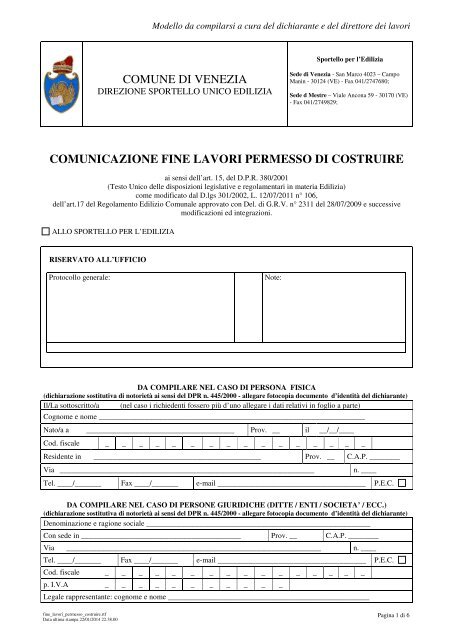
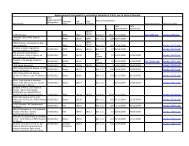
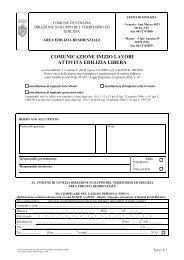
![Luka Koper presentation.ppt [Sola lettura] - Comune di Venezia](https://img.yumpu.com/52478488/1/190x135/luka-koper-presentationppt-sola-lettura-comune-di-venezia.jpg?quality=85)
